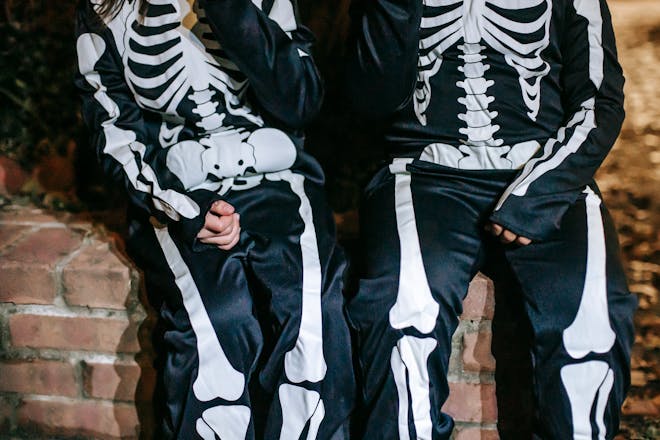Reverse Sear Prime Rib on a Big Green Egg
When it comes to preparing a prime rib, the bge prime rib reverse sear method offers a foolproof path to achieving a perfectly cooked, tender, and juicy roast. This technique involves slowly cooking the meat at a low temperature and then searing it over high heat to finish. The Big Green Egg, a versatile kamado-style grill, provides an ideal environment for mastering the reverse sear method.
Understanding the Reverse Sear Method
The reverse sear is a technique that has gained substantial popularity among both professional chefs and home cooks. Instead of starting with a high-temperature sear and then transferring to a lower heat to finish cooking, the reverse sear starts with the slow-roasting stage. This approach allows for a more even cook and a succulent, pink interior from edge to edge. Only after the meat reaches the desired internal temperature do you sear it, creating that delicious, caramelized crust that is the hallmark of a great prime rib.
Why Use a Big Green Egg for Your Prime Rib?
The Big Green Egg’s ceramic construction and design make it outstanding for maintaining consistent low temperatures, which are crucial for the initial cooking stage of the reverse sear. Furthermore, with a quick adjustment of the vents, the Egg can reach searing temperatures, making it the perfect all-in-one tool for this cooking method.
Ingredients and Tools Required
Before we dive into the steps, let’s ensure you have everything you need:
- A prime rib roast (bone-in or boneless, as per preference)
- Kosher salt and freshly ground black pepper
- Optional: garlic powder, rosemary, and thyme for seasoning
- Meat thermometer
- Aluminum foil
- Big Green Egg or similar kamado-style grill
- Charcoal and wood chips for smoking (optional)
Step-by-Step Guide to Reverse Sear Prime Rib on a Big Green Egg
Preparation:
Begin by generously seasoning your prime rib with salt, pepper, and any additional herbs and spices you prefer. Allow the roast to sit at room temperature for at least an hour before cooking. This step is essential for even cooking.
Initial Low-Temperature Roasting:
Preheat your Big Green Egg to 225°F (107°C), setting it up for indirect cooking. If you’re aiming for a smoky flavor, this is the time to add your choice of wood chips to the charcoal.
Place the prime rib on the grill grates and insert the meat thermometer into the thickest part of the roast, avoiding the bone. Close the lid and let the prime rib cook slowly until it reaches an internal temperature of about 10-15 degrees below your desired level of doneness. For medium-rare, this would be around 110-115°F (43-46°C).
The Sear:
Once your prime rib is nearly at temperature, remove it from the Big Green Egg and tent it loosely with aluminum foil. Open the vents to increase the temperature of the grill to at least 500°F (260°C) for searing.
When the Egg is hot, place the prime rib back on the grill. Sear each side for about two minutes or until a dark, crispy crust forms. Be mindful not to overcook it during this stage.
Resting:
Transfer the seared prime rib to a cutting board and let it rest for at least 15 minutes. Resting allows the juices to redistribute throughout the meat, ensuring each slice is as moist and tender as the last.
After resting, slice your prime rib against the grain and serve immediately. The reverse sear method on a Big Green Egg ensures a restaurant-quality prime rib that’s sure to impress at any gathering.
